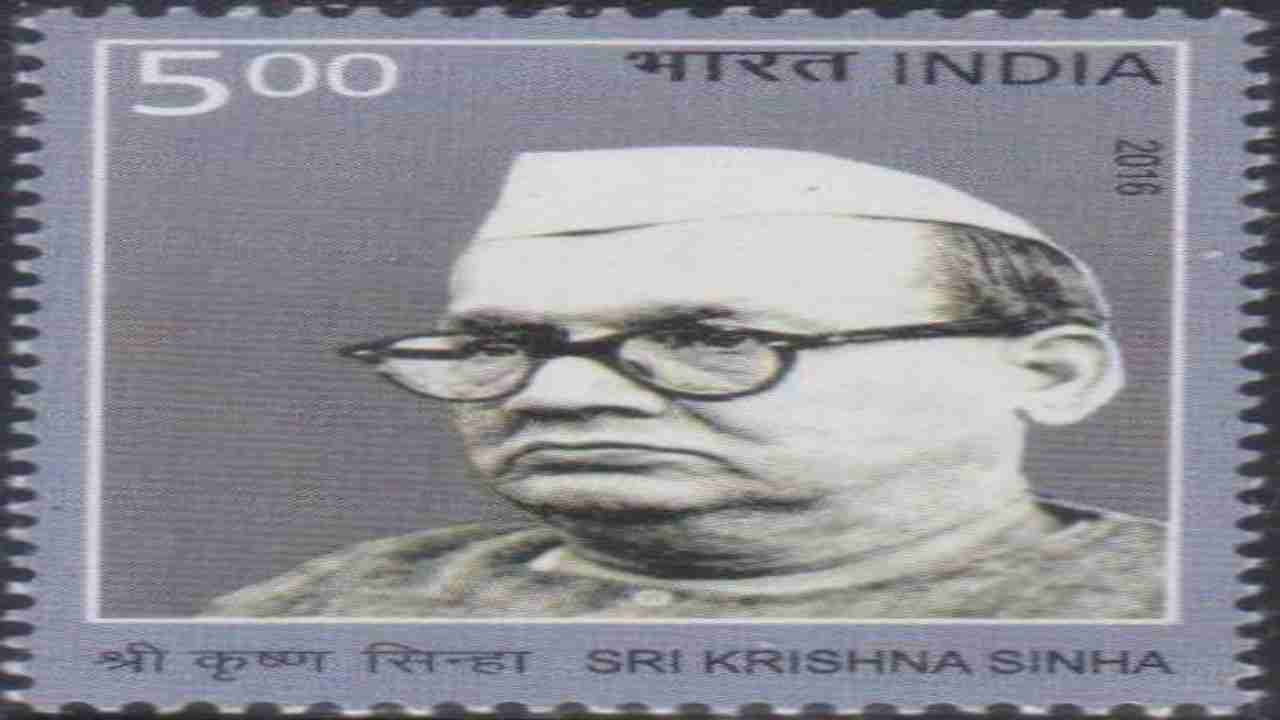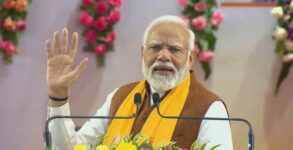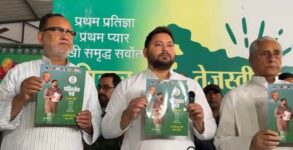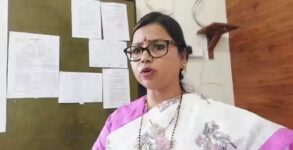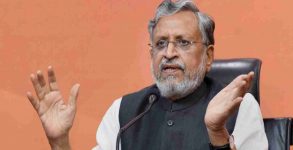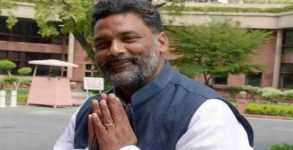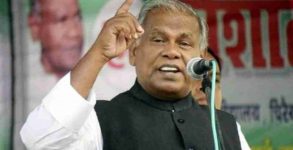Shri Krishna Sinha (21 October 1887 – 31 January 1961), known as Dr. S. K. Sinha, Shri Babu and Bihar Kesari, was the first Chief Minister of the Indian state of Bihar (1946–61).
In collaboration with the deputy and finance minister Anugrah Narayan Sinha, Sri Krishna Sinha spearheaded several developmental projects in the state. The two men led Bihar from 1937, when the first Bihar government was formed under British rule. Sri Krishna Sinha’s long stint as chief minister saw the setting up of key industries and river valley projects along with major agricultural and social reforms
He was the first Chief Minister in the country to abolish the zamindari system. He underwent different terms of imprisonment for a total of about eight years in British India. S.K.Sinha’s mass meetings brought hordes of people to hear him. He was known as “Bihar Kesari” for his lionlike roars when he rose to address the masses. His close friend and eminent Gandhian Bihar Vibhuti Dr. Anugrah Narayan Sinha in his essay mere Shri Babu wrote that, “Since 1921, the History of Bihar has been the history of the life of Shri Babu”.The former President of India, Pratibha Patil, released a book on the letters of exchange between Sinha and Prime Minister Jawaharlal Nehru titled Freedom and Beyond.
The Nehru-Sinha correspondence touches on subjects such as Indian democracy in the making in early years of Independence, Centre-State relations, role of governor, turbulence in Nepal, Zamindari abolition and education scenario. Sinha was known for his scholarship and erudition and he had given his personal collection of 17,000 books to the public library in Munger in 1959 which is now named after him as Sri Krishna Seva Sadan.
Family And Early Life:
Singh was born on 21 October 1887 in Khanwa in Nawada district of Bihar. His paternal village is Maur, near Barbigha in the then Munger District that is now part of Sheikhpura District. His father was a religious, middle-class member of a Bhumihar family. His mother, who was also an unassuming and religious-minded person, died of plague when he was five years old. He was educated in the village school and at Zila School in Munger. In 1906 he joined Patna College, which was then an affiliate of the University of Calcutta. He studied law and started practicing in Munger from 1915. In the meantime, he married and had two sons, Shivshankar Sinha and Bandishankar Singh (more commonly known as Swaraj Babu) who later held various posts in the state government.
Freedom Struggle:
Singh first met Mahatma Gandhi in 1916 at Central Hindu College, Benares and later at Shah Muhammad Jubair’s house in December 1920. At Munger, he vowed to work relentlessly to free India from British rule. He gave up practising law in 1921 to take part in Gandhi’s non-cooperation movement.
He was arrested for the first time in 1922 at Jubair’s house and Congress Seva Dal was declared illegal. For this he was known as Bihar Kesari by the people. He was released from jail in 1923 and on the day of Tulsi Jayanti performed in the play Bharat Darshan at Central School, Kharagpur. In the same year he became a member of the All India Congress Committee.
In 1927, Singh became a member of the Legislative Council and in 1929 became General Secretary of Bihar Pradesh Congress Committee (BPCC). In 1930, he played an important role in the Namak Satyagrah at Garhpura. He suffered severe scalding injuries to his hands and chest while being arrested, was imprisoned for six months and then was again arrested and imprisoned for two years during the Civil Disobedience movement. He was released after Gandhi–Irwin Pact and again started with his nationalist work and work with the Kisan Sabha. On 9 January 1932 he was sentenced to two years of rigorous imprisonment and a fine of Rs. 1,000. He was released from Hazaribagh Jail in October 1933. He was involved in relief and rehabilitation after the 1934 Nepal–Bihar earthquake. He was the President of Munger Zila Parishad from 1934 to 1937. In 1935, he became a member of the Central Assembly.
Singh was also the President of the BPCC in 1936 with Anugrah babu as his deputy, a member of its working committee and in fact, Shri Krishna Sinha & Anugrah Narayan Sinha were the life and soul of the Provincial Working Committee and of the Congress organisation in the state for over thirty years. This long period of service at the help of the state is proof not only of the great popularity and confidence which he enjoyed in the party but it also symbolises his great qualities as a coordinator between party and government.
On 20 July 1937, he became the Premier of Bihar province when Congress came to power. Under the Government of India Act of 1935, Sinha formed his Cabinet at Patna on 20 July 1937. He and his colleague Anugrah Narayan Sinha disagreed with the governor on the issue of the release of political prisoners and resigned. The then governor had to accede to the demands for release of prisoners from Cellular Jail (Kalapani) and Bihar Tenancy Act was reformed in favour of peasants. They then resumed office. But they again resigned in 1939, as did all Congress chief ministers, over the question of involving India in the Second World War without the consent of the Indian people. Along with Anugrah Narayan Sinha, a prominent Gandhian and the first Deputy Chief Minister cum Finance Minister of Bihar, he is considered one of the makers of modern Bihar.

